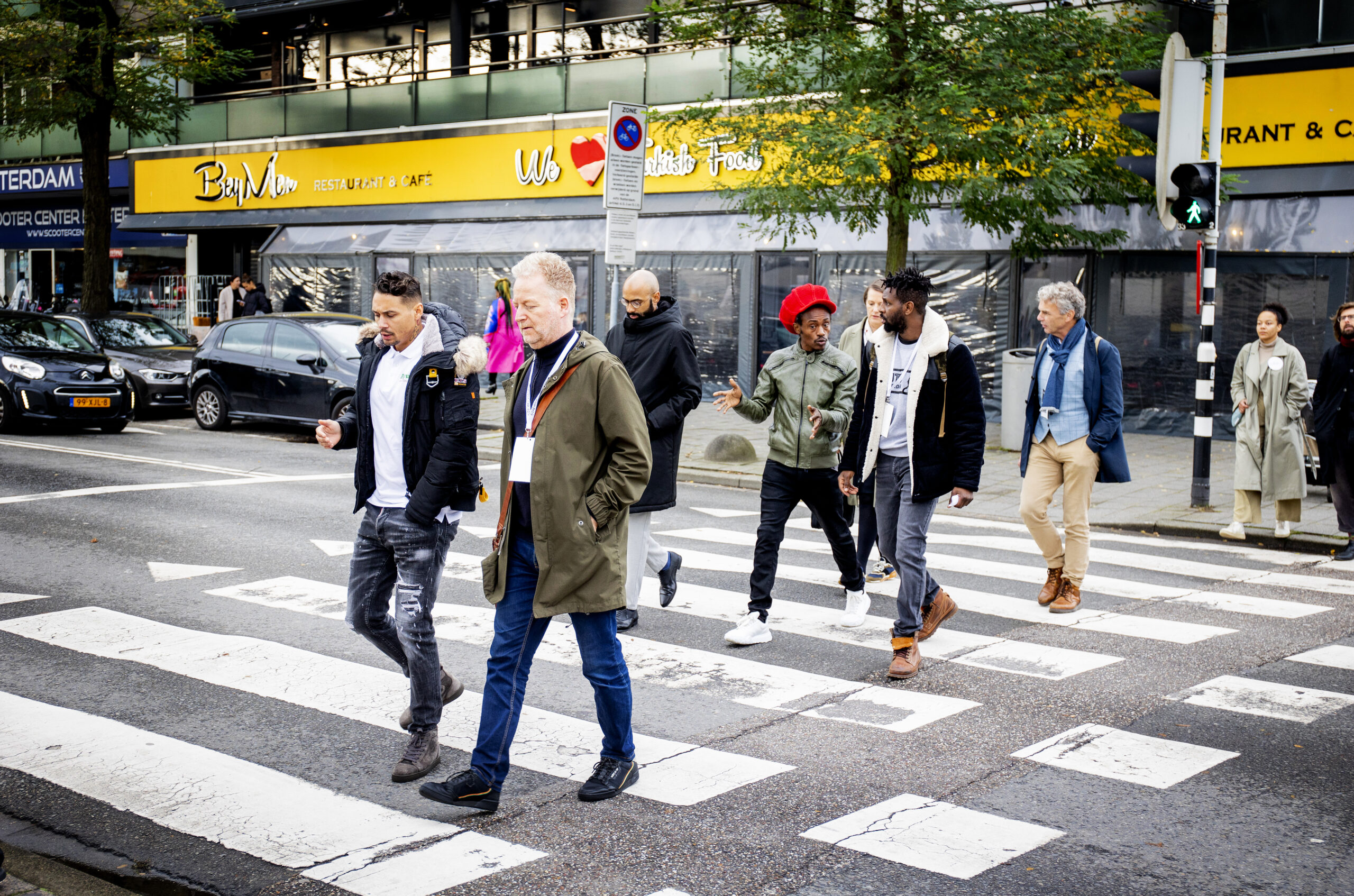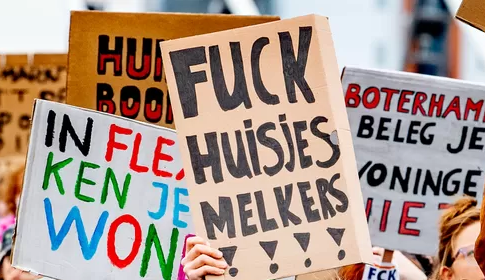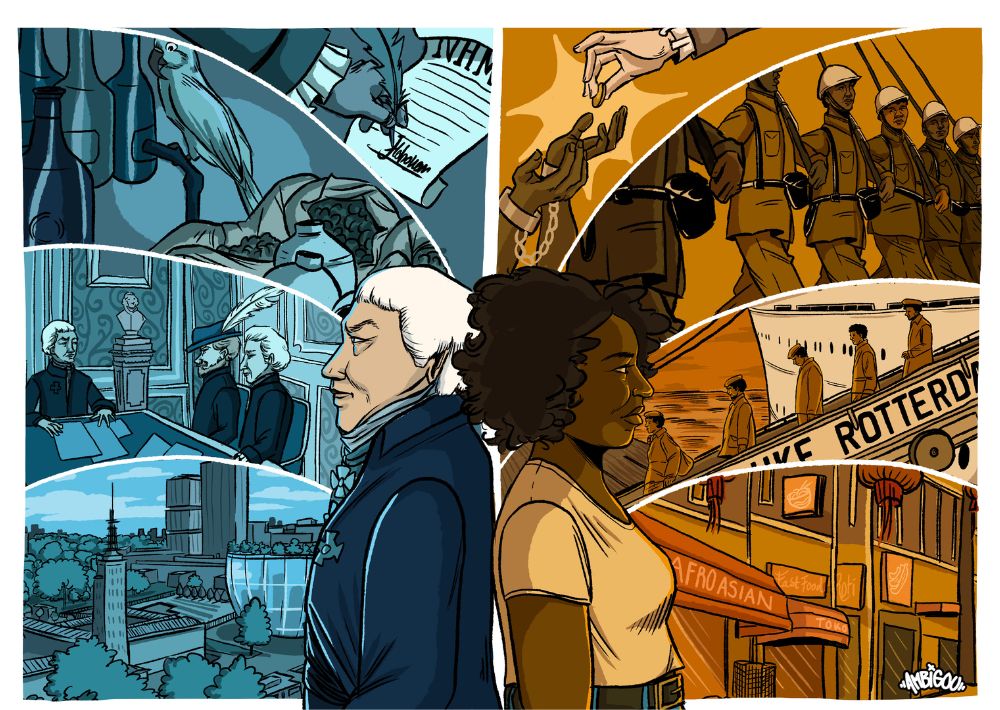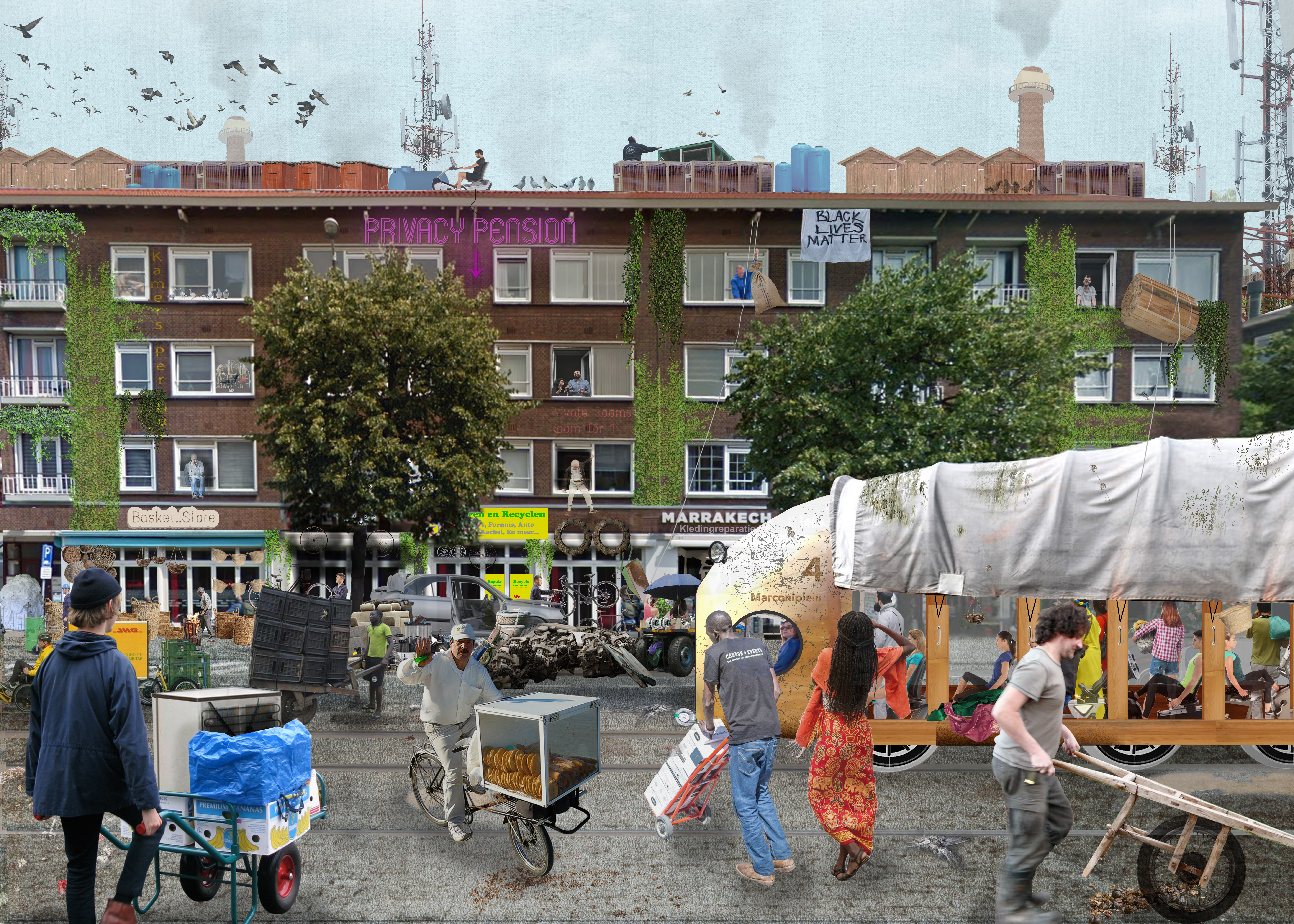
UrbanExplore
Those who are curious like to read a newspaper, scroll through articles, listen to podcasts and have access to an endless amount of documentaries and non-fiction books. The flow of information is endless, but no matter how much you consume, your role only really counts when you become part of a place or conversation.
UrbanGuides realizes how valuable it is to experience important developments in real life and is therefore launching a new tour product: UrbanExplore; interactive programs where participants are inspired to gain a different view of the city and a new perspective on the changing society.
Don’t expect classic tours; UrbanExplore stands for meeting and conversation, for creating awareness by talking to each other about topics that matter. And where better to do this than in Rotterdam, the city that has always been open to experiment, but which has also faced major challenges and still faces the necessary challenges?
With this new program, UrbanGuides focuses on major topics such as climate (energy transition, climate adaptation), housing and the inclusive city and presents these in specific neighborhoods, such as Bloemhof, Bospolder-Tussendijken and the area around the Haringvliet. Together with the group of participants, UrbanGuides digs into history, reflects on the present and looks ahead to the future, in the hope that together they can make even the smallest bit of ‘positive impact’. #toursthatmatter
Fotocredits; Guus Schoonwille
Type
- UrbanExplore
Prijs/Duur
- check program
Start Locatie
- check program
Boek nu


